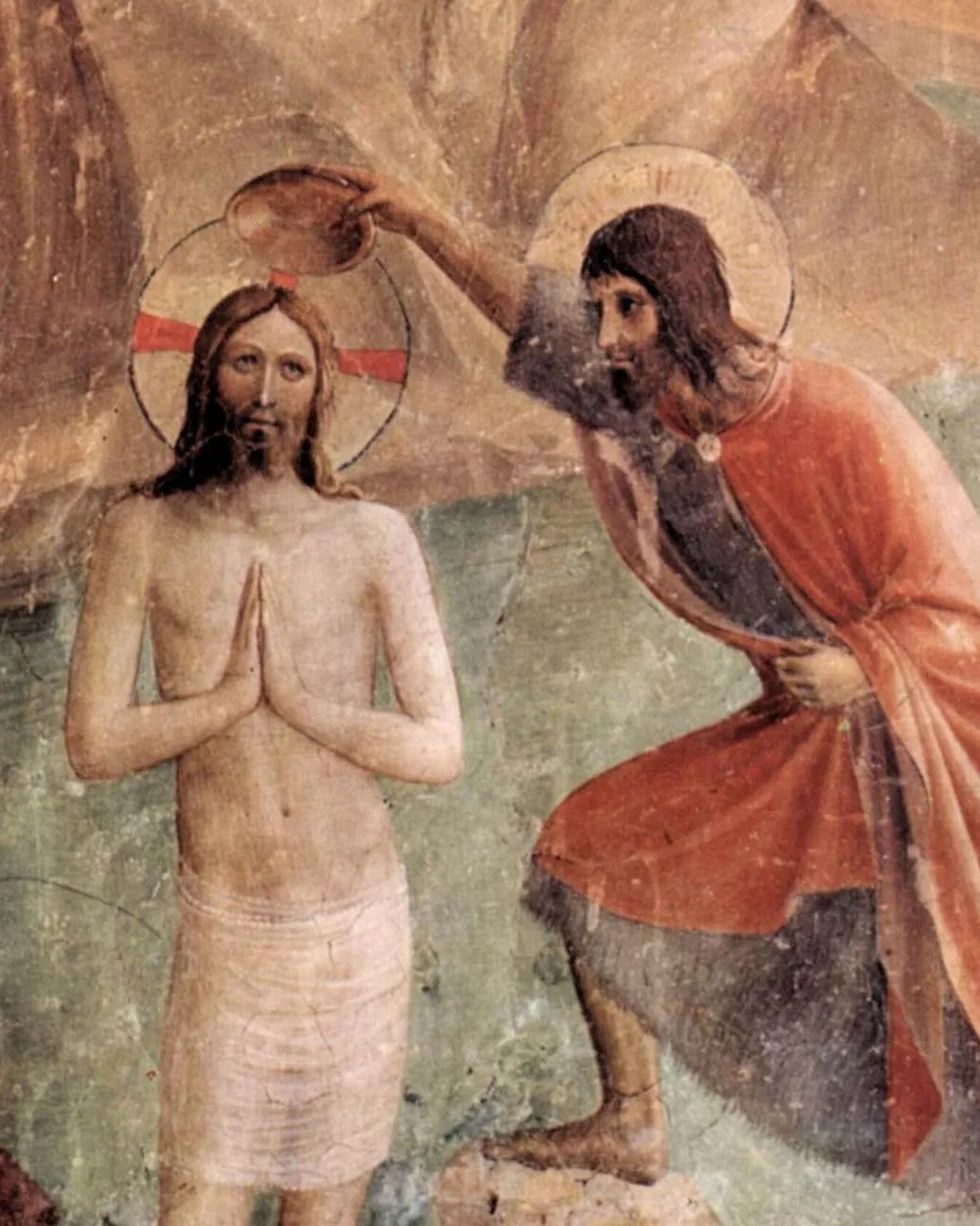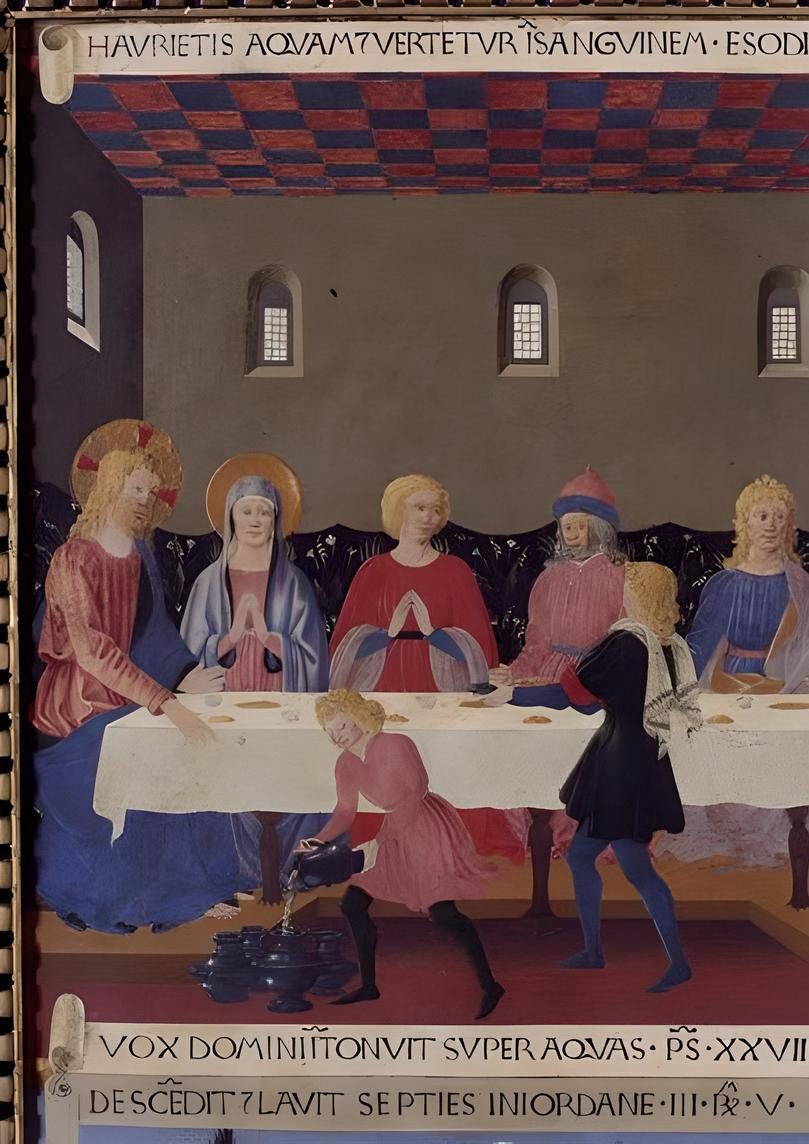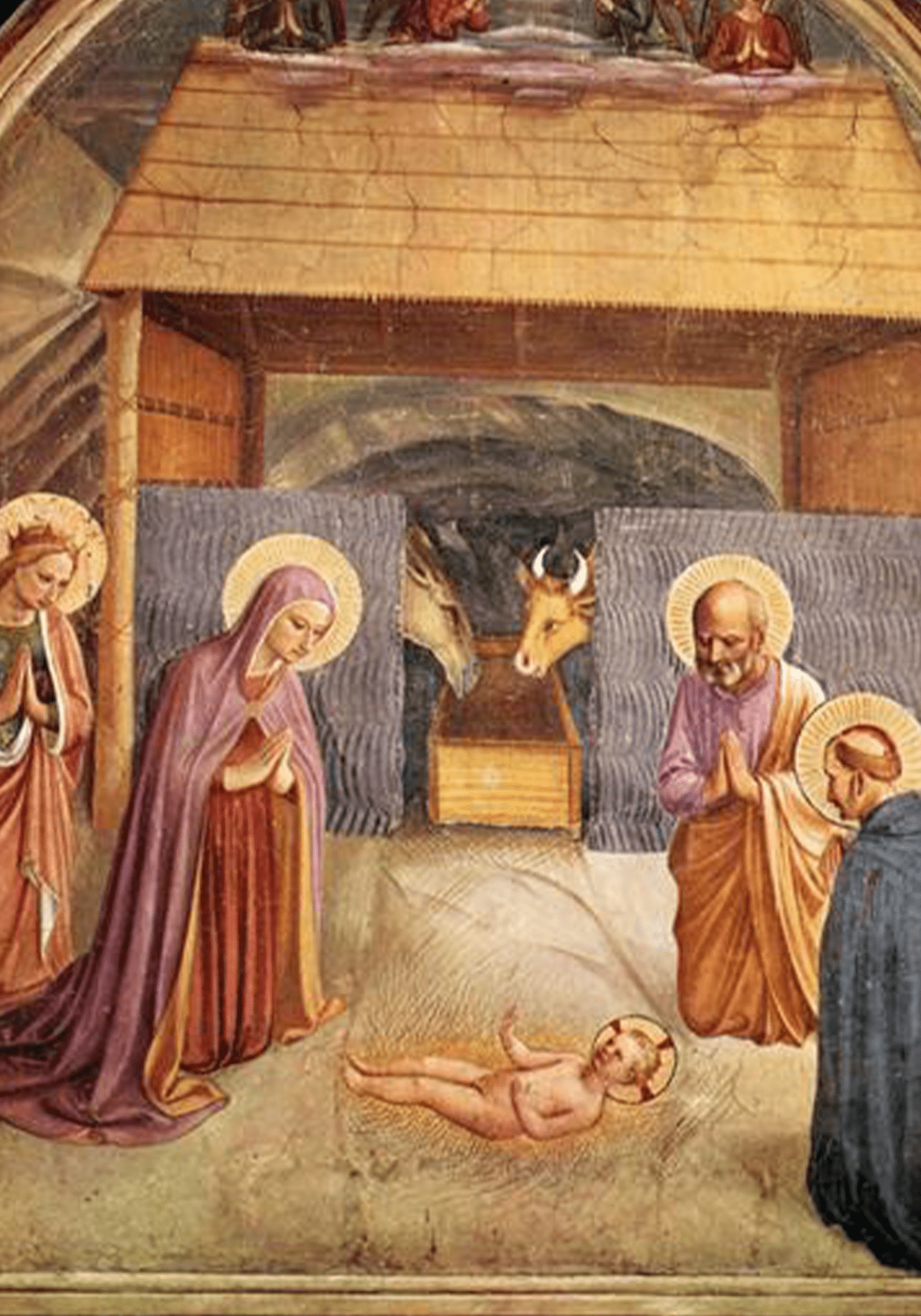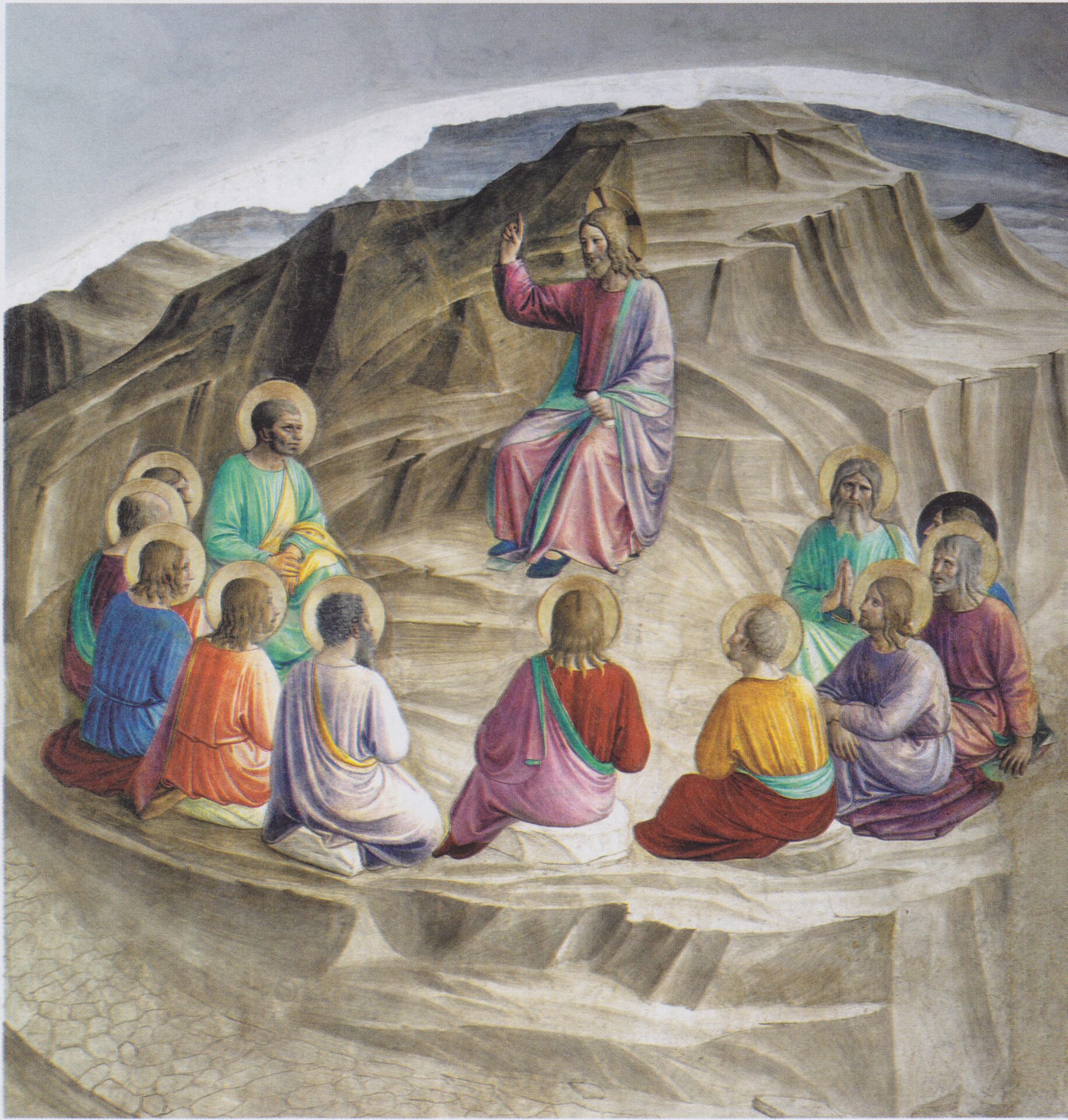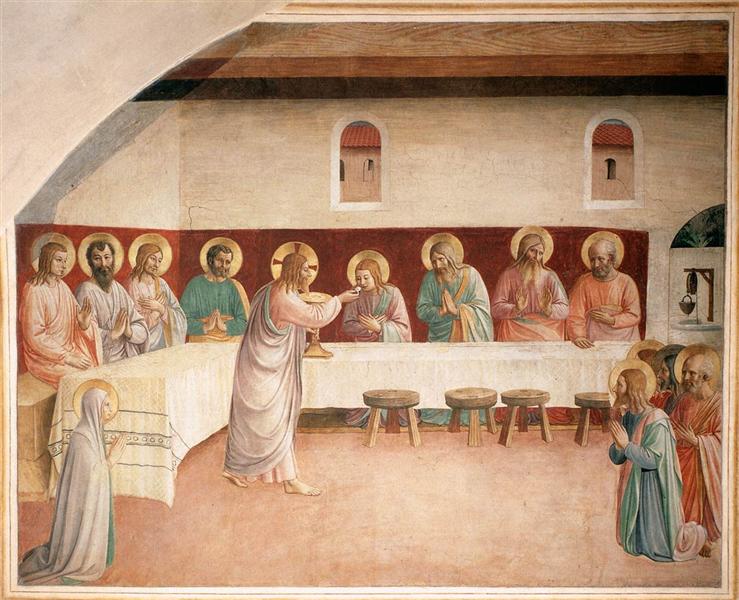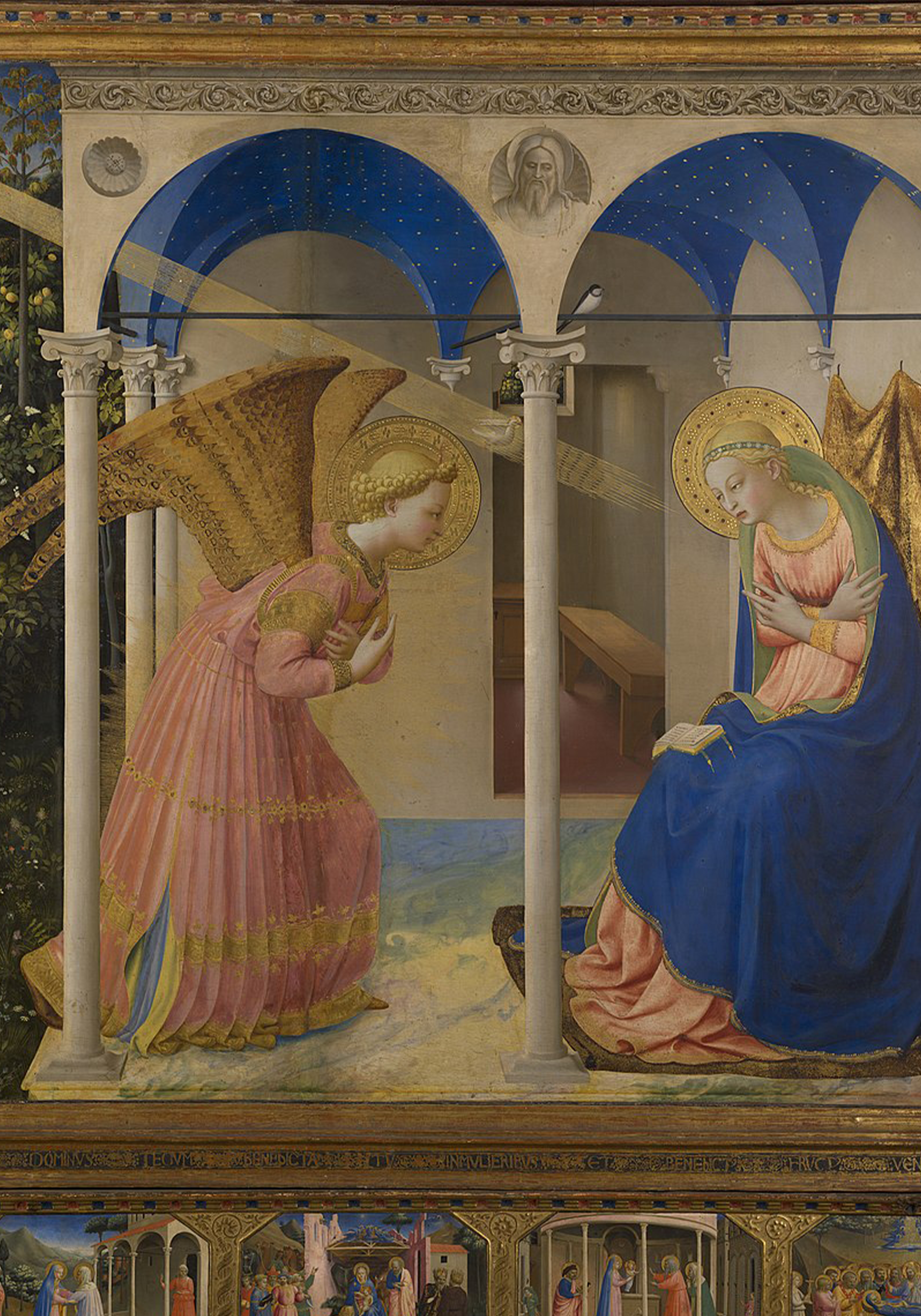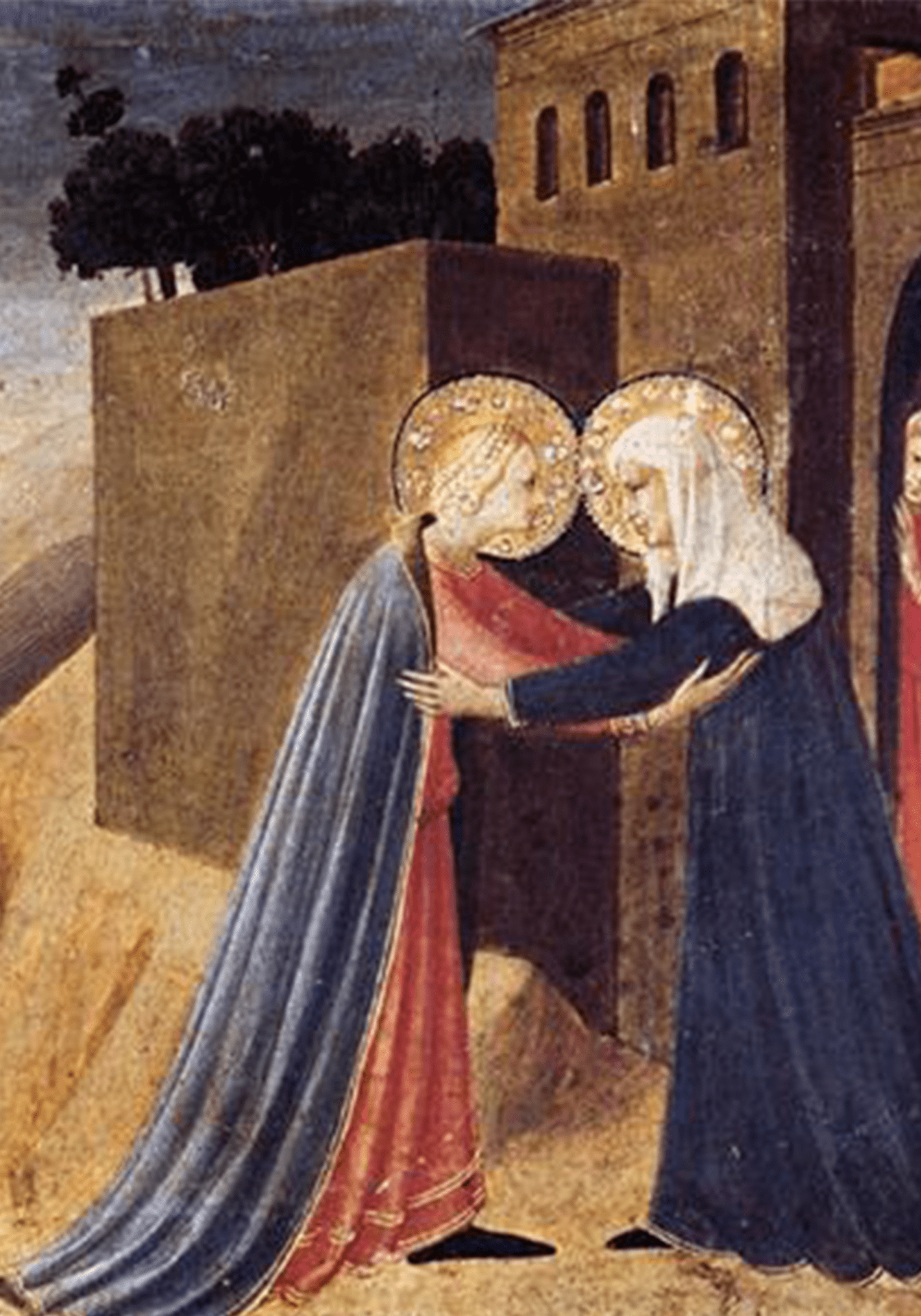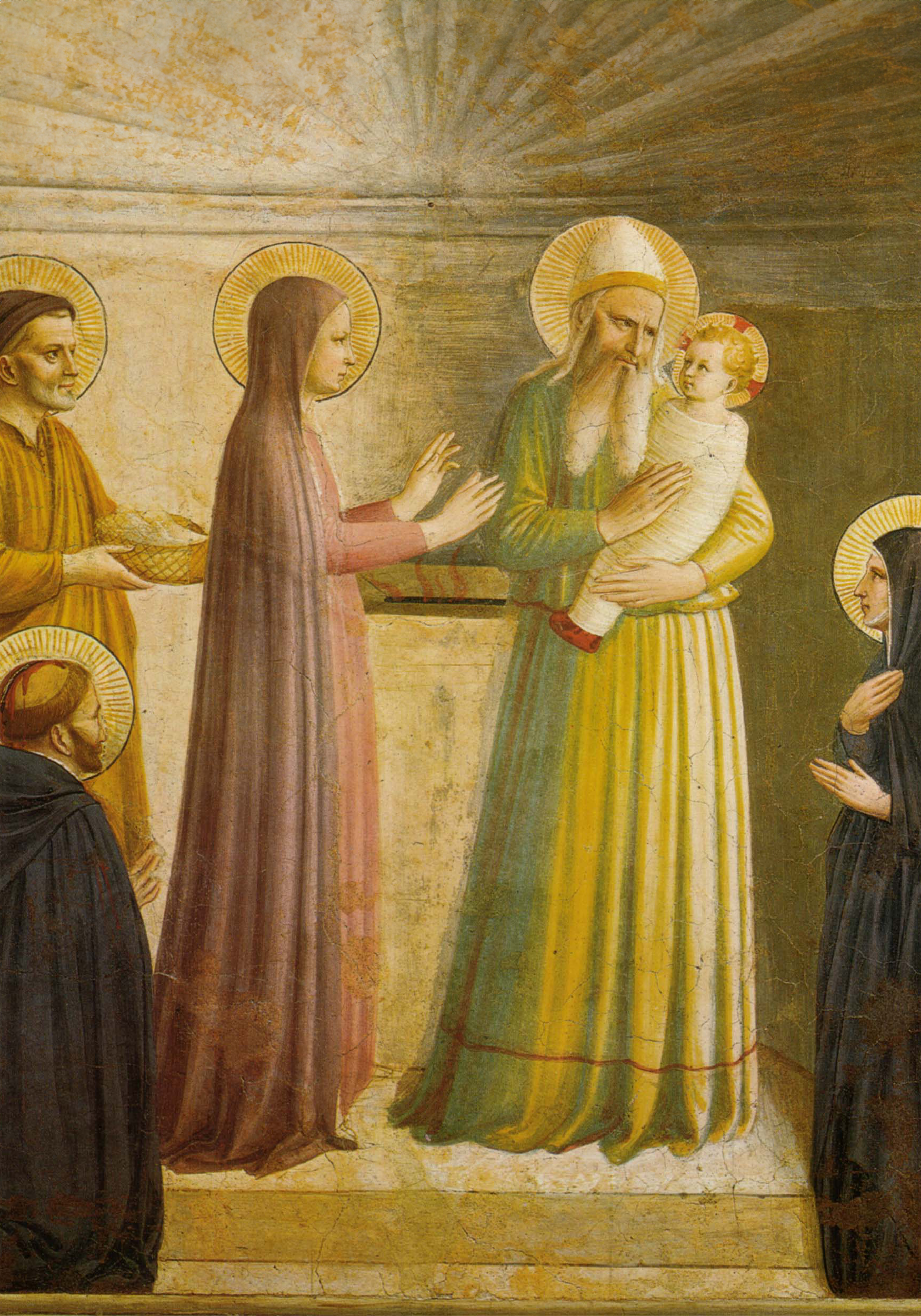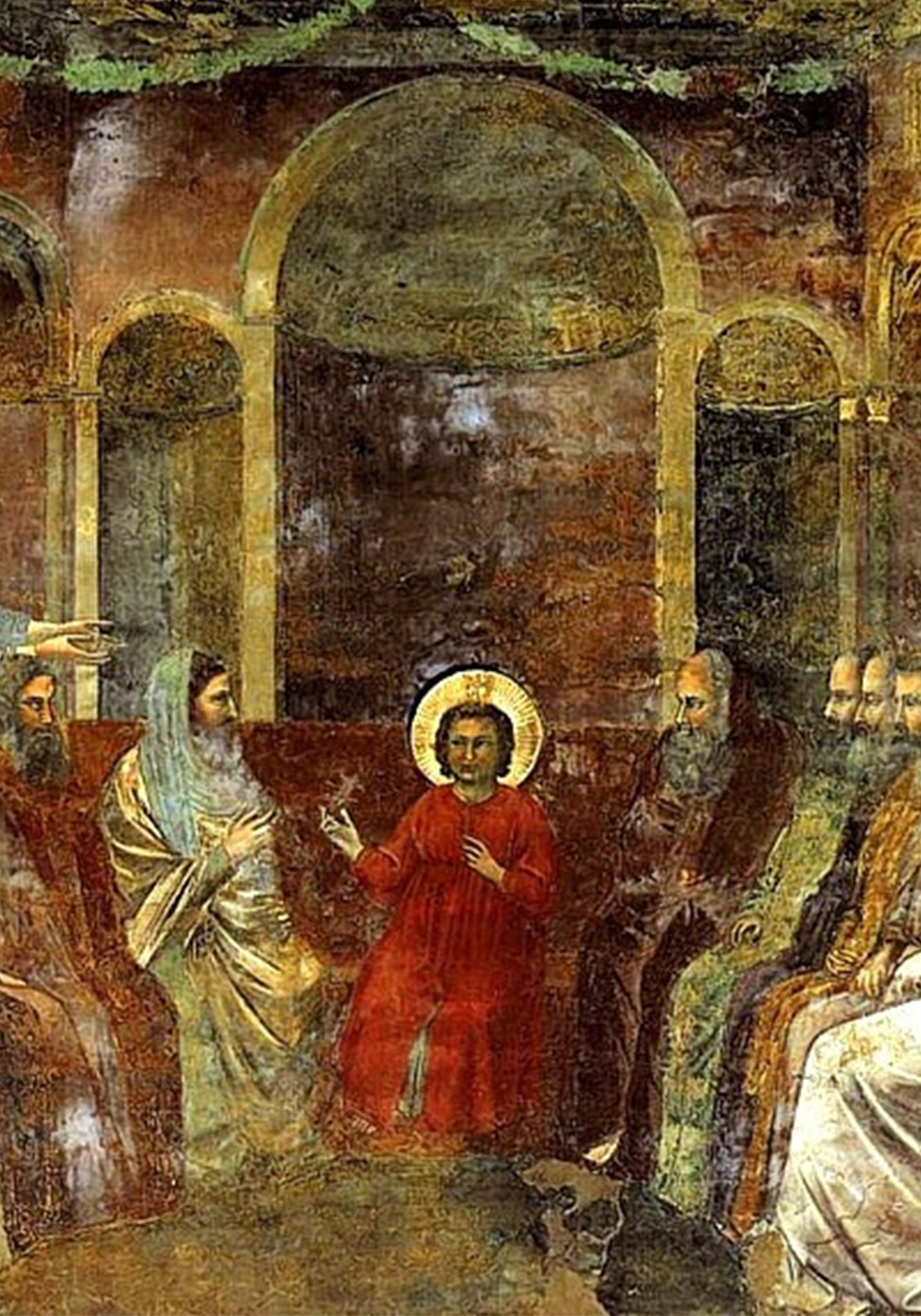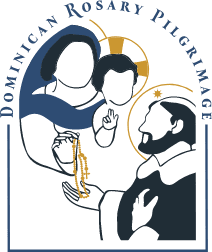As we approach the Dominican Rosary Pilgrimage, we are filled with a deep sense of anticipation and devotion for Our Lady.. For those who cannot join us in person this year, there are still meaningful ways to participate and experience the graces from the Pilgrimage.
Human beings, as pilgrims on a journey from earth to heaven, find profound spiritual benefit in the practice of pilgrimage, which serves as a reminder of our eternal destination. This tradition is exemplified by Christ Himself, who journeyed through various lands and ultimately to Calvary and ascended to heaven.
The Rosary, a prayer that reflects Christ’s own pilgrimage and encompasses aspects of human life, serves as the ideal spiritual companion for our pilgrim state. The Dominican Rosary Pilgrimage, beginning with a nine-month novena and culminating in a national event on September 28th at the Basilica of the National Shrine of the Immaculate Conception, integrates this spiritual practice with a communal pilgrimage, inviting participants to unite their journey with the devotional power of the Rosary.
Each aspect of this pilgrimage is a chance to grow in holiness and strengthen our relationship with God.
Ways to Participate
- Commit to Prayer: Even if you are or aren’t attending the Pilgrimage in person, you can be part of the Pilgrimage through prayer. Dedicate time to pray the Rosary daily, especially on the day of the Pilgrimage.
- Share the Pilgrimage with Friends and Family: Invite others to join in the journey by sharing information about the Pilgrimage and encouraging them to participate in praying the Rosary.
- Receive Indulgences: A plenary indulgence is granted if the Rosary is recited in a church or public oratory. See here for the general conditions.
Join Us Through the Livestream
For those unable to be physically present, we invite you to join us via livestream. On the day of the Pilgrimage, you can access the livestream here on our website. Additionally, by subscribing to our email list, you will receive a direct link to the livestream, allowing you to participate in the Pilgrimage from wherever you are.
